Student Artists in Residence
Fall 2025 - Spring 2026
-
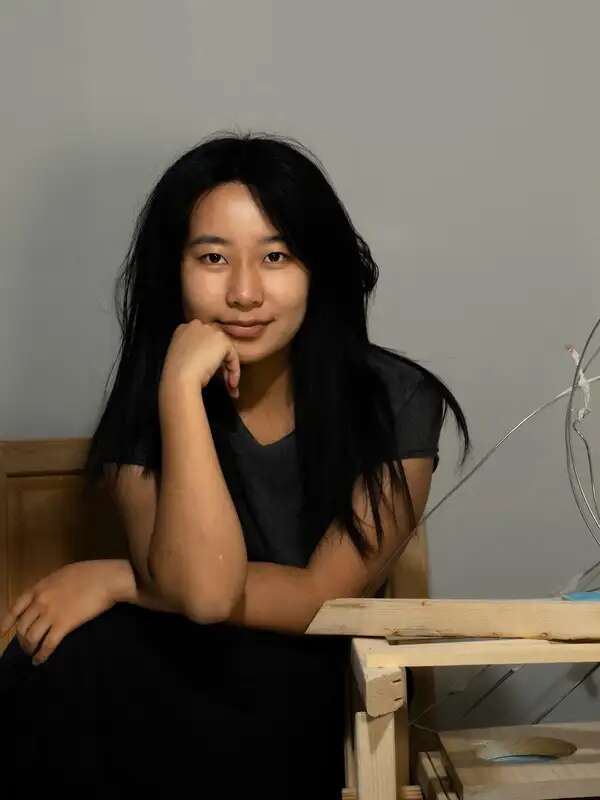 Columbia University, Visual Arts and Computer Science
Columbia University, Visual Arts and Computer Science -
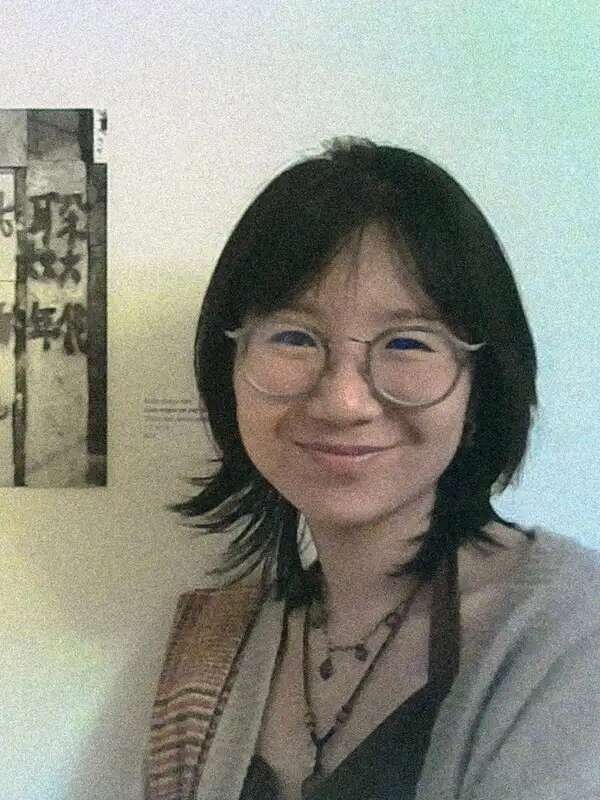 Columbia Graduate School of Architecture, Planning and Preservation, Urban Planning
Columbia Graduate School of Architecture, Planning and Preservation, Urban Planning
Fall 2025 - Spring 2026
-
 Columbia College, Computer Science
Columbia College, Computer Science -
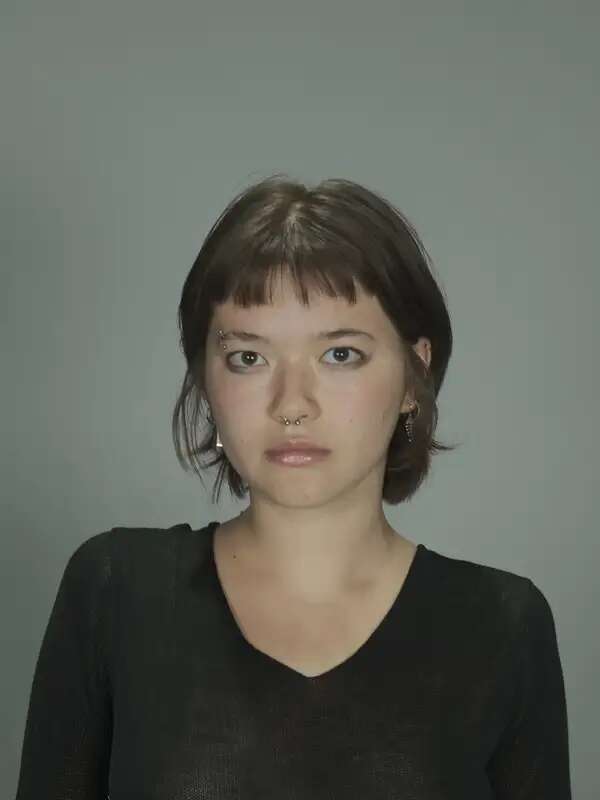 Barnard College | Dance, English with a Creative Writing concentration
Barnard College | Dance, English with a Creative Writing concentration -
 Columbia University, DMA in Composition
Columbia University, DMA in Composition -
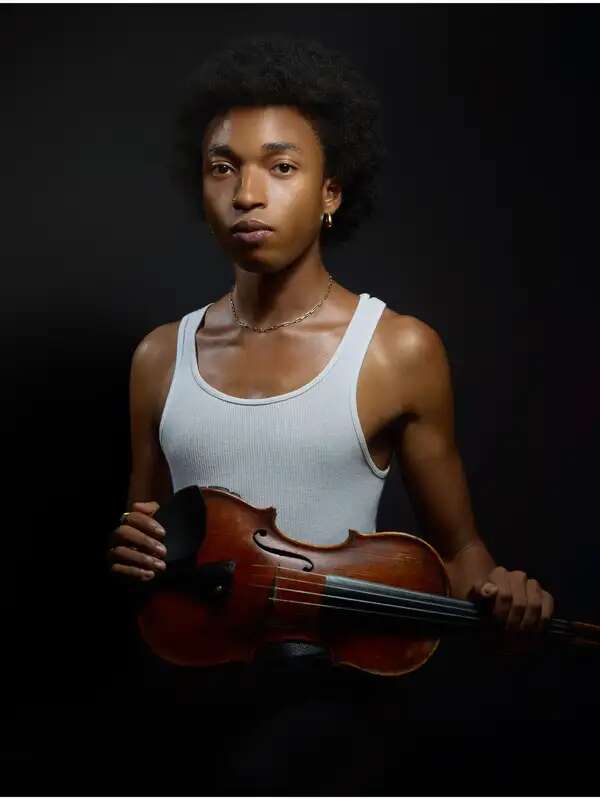 Columbia University, DMA in Composition
Columbia University, DMA in Composition -
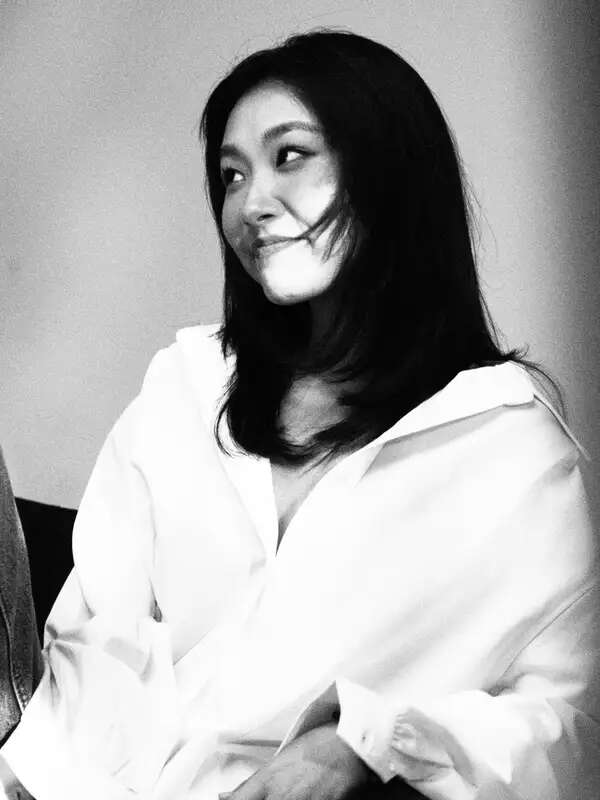 Columbia University, MFA in Dramaturgy
Columbia University, MFA in Dramaturgy
Fall 2024 - Spring 2025
-
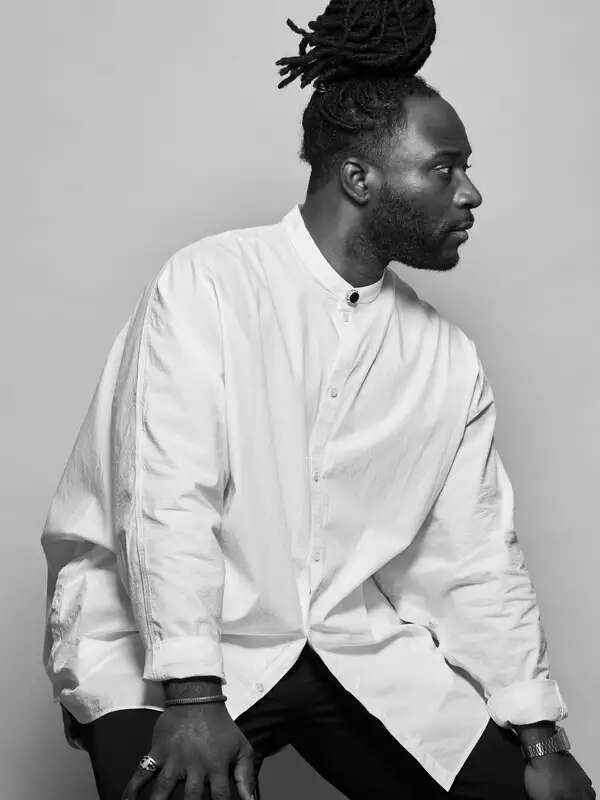 Columbia University, MA Oral History
Columbia University, MA Oral History -
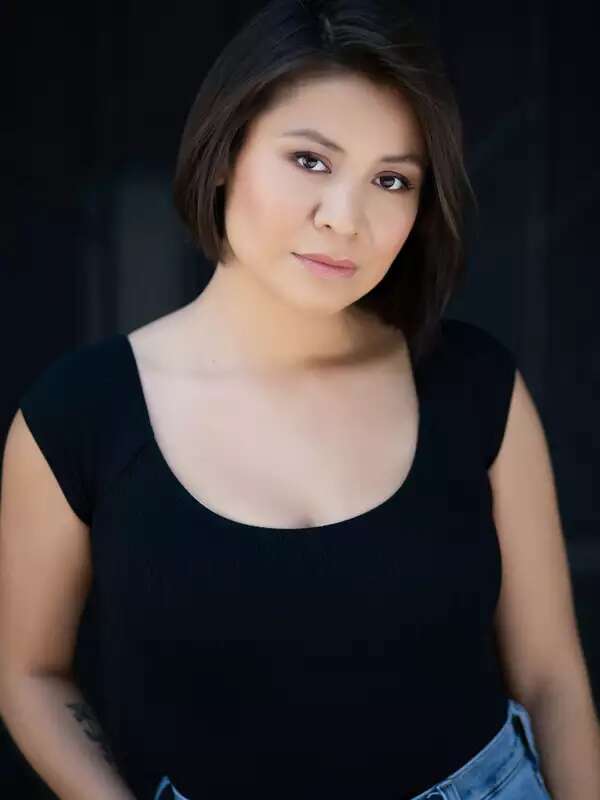 Columbia School of the Arts, MFA Visual Arts
Columbia School of the Arts, MFA Visual Arts -
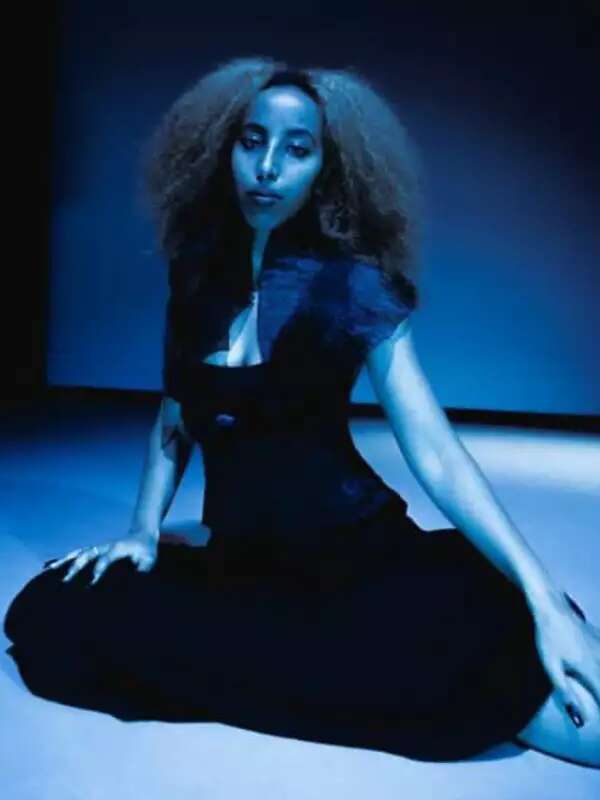 Columbia School of the Arts, MFA Expanded Practice/Sculpture
Columbia School of the Arts, MFA Expanded Practice/Sculpture -
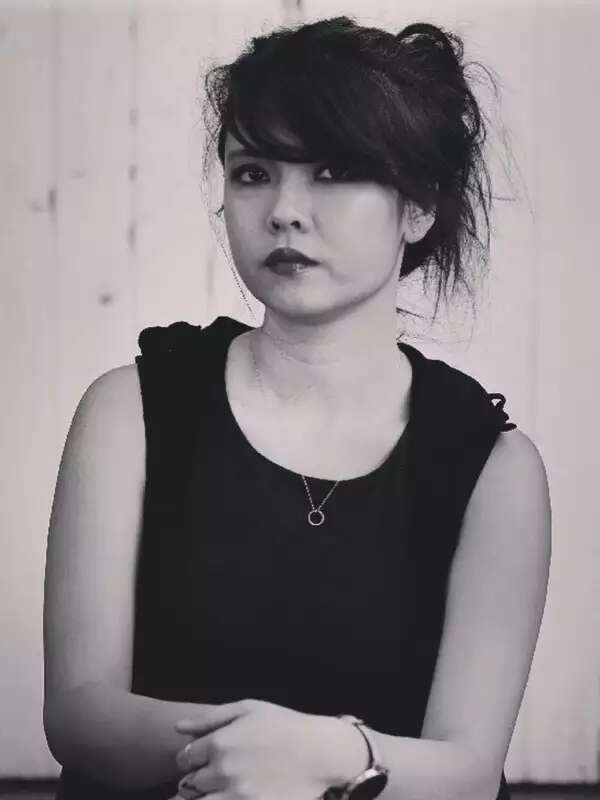 Columbia University, DMA in Music Composition
Columbia University, DMA in Music Composition
Fall 2024 - Spring 2025
-
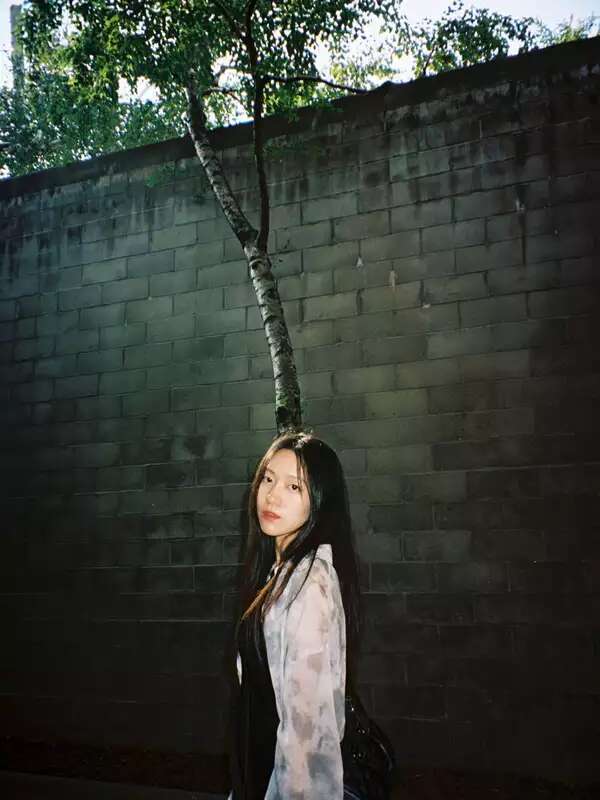 Columbia University, DMA in Music Composition
Columbia University, DMA in Music Composition -
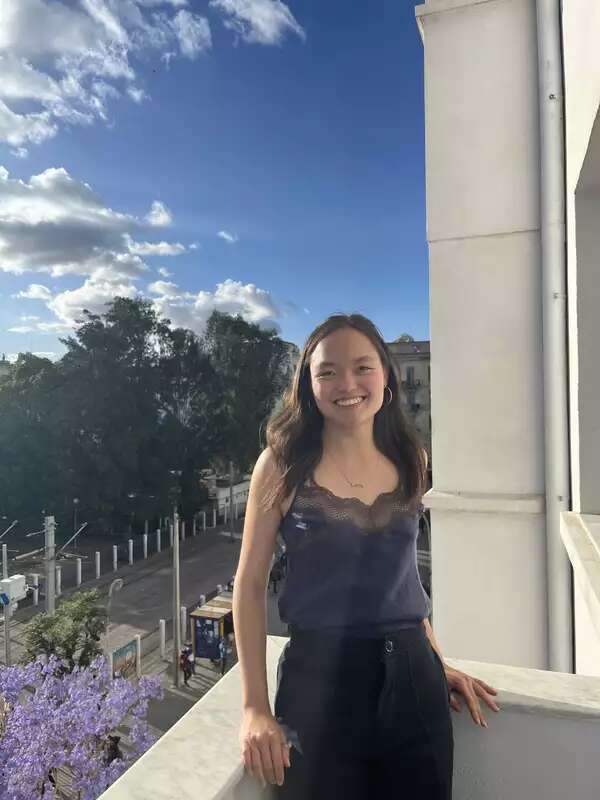 Barnard College, Class of 2025
Barnard College, Class of 2025 -
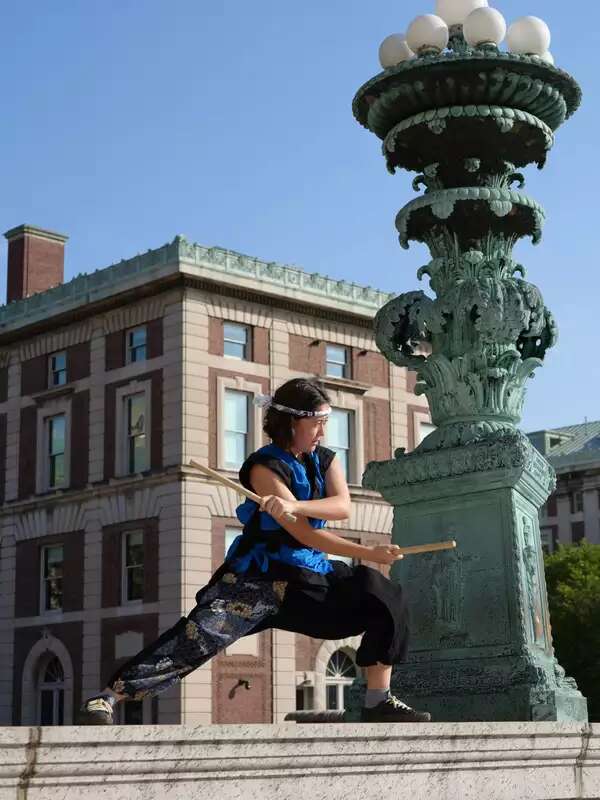 Barnard College, Film and Psychology
Barnard College, Film and Psychology -
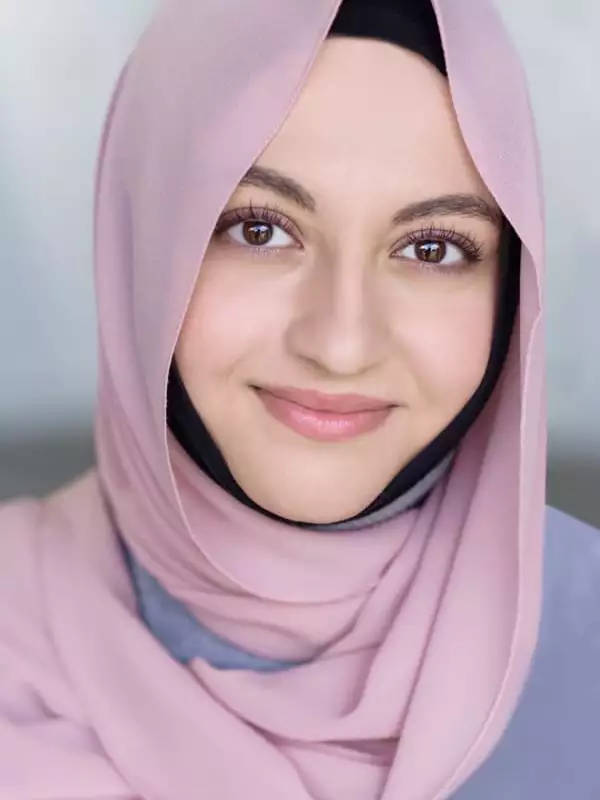 Columbia School of the Arts, MFA Theatre Directing
Columbia School of the Arts, MFA Theatre Directing -
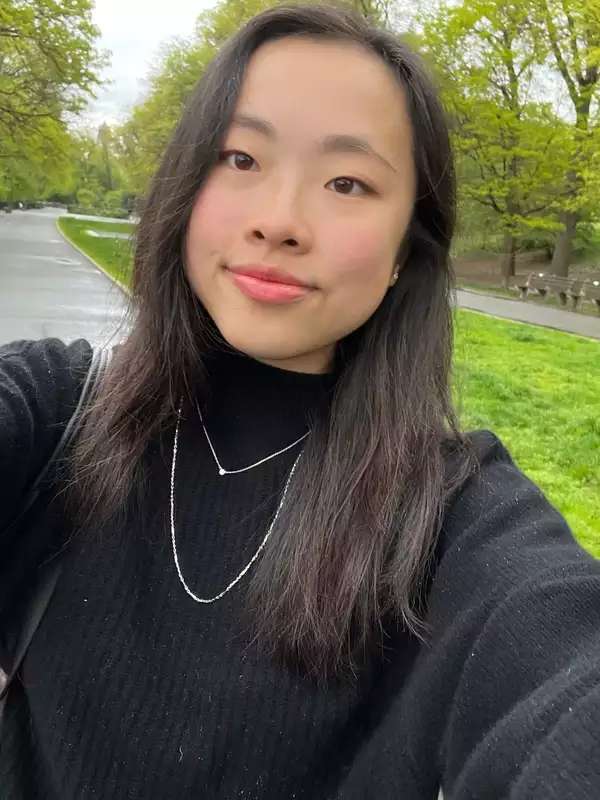 Barnard College, Architecture & Computer Science
Barnard College, Architecture & Computer Science
Fall 2023 - Spring 2024
-
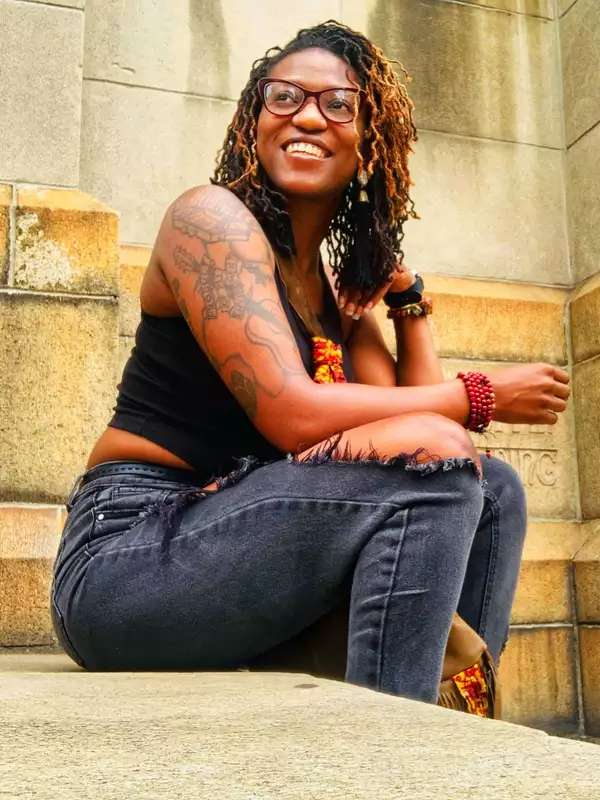 Union Theological Seminary, Masters in Philosophy of Religion and Art
Union Theological Seminary, Masters in Philosophy of Religion and Art -
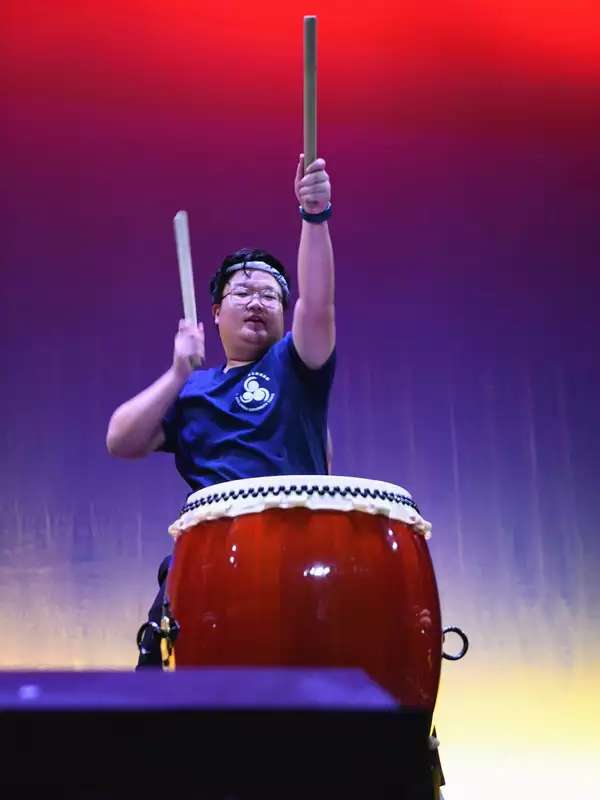 Columbia University, Masters in Mechanical Engineering
Columbia University, Masters in Mechanical Engineering -
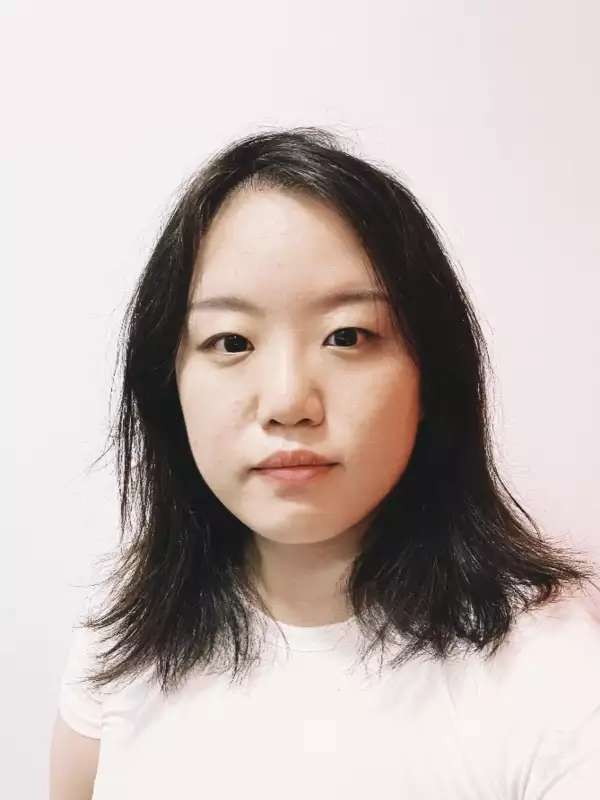 Columbia University, MFA in Dramaturgy
Columbia University, MFA in Dramaturgy -
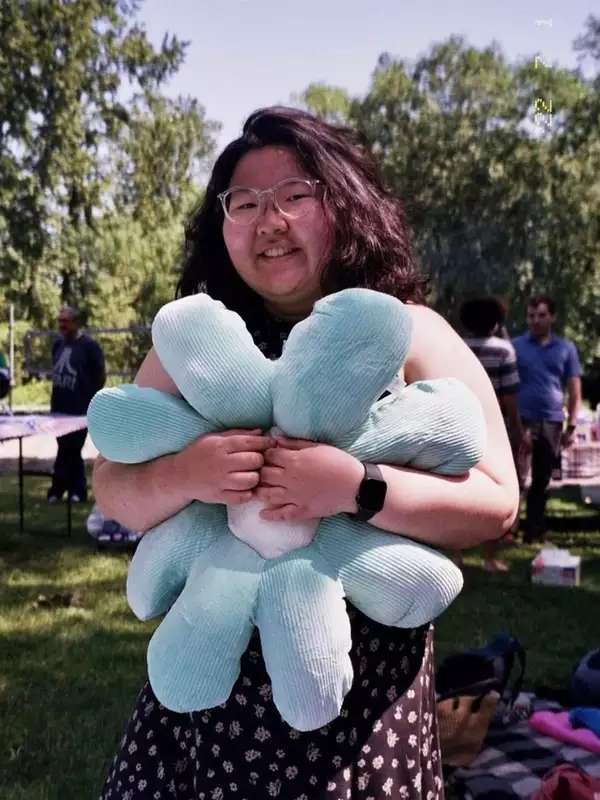 Columbia College, Computer Science & Music
Columbia College, Computer Science & Music -
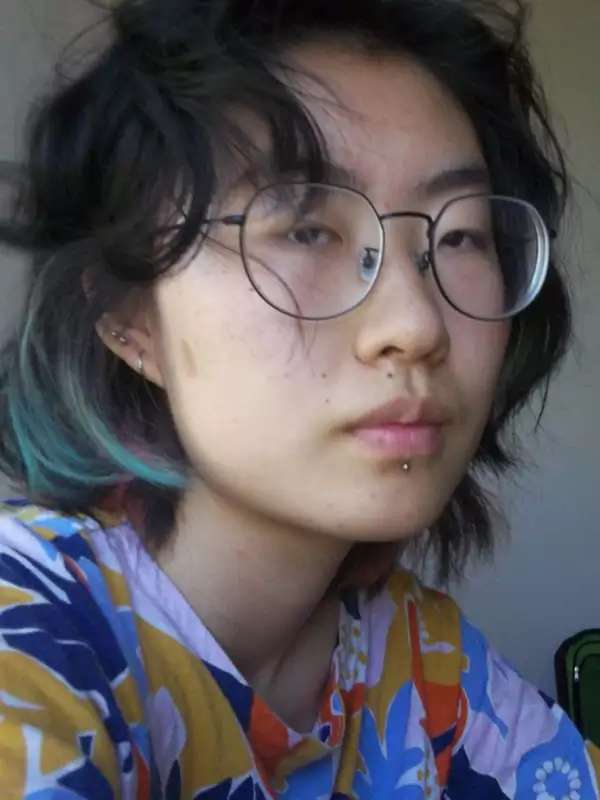 Barnard College, Computer Science
Barnard College, Computer Science
Fall 2023 - Spring 2024
-
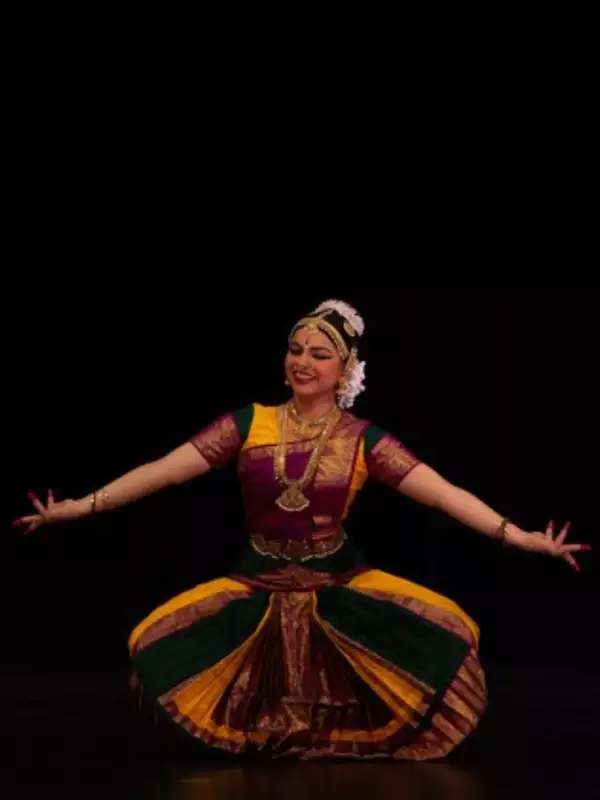 Barnard College, Medical Anthropology
Barnard College, Medical Anthropology -
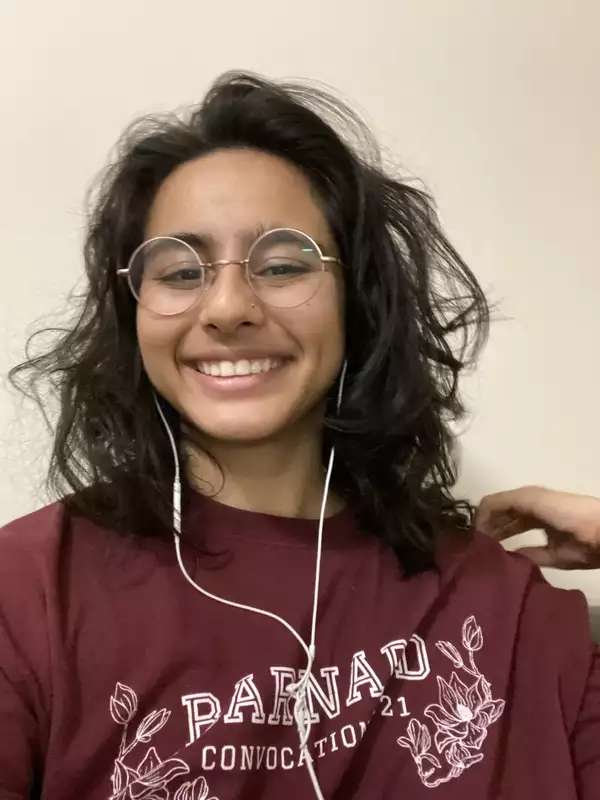 Barnard College, Physics & Dance
Barnard College, Physics & Dance -
 Barnard College, Architecture & Computer Science
Barnard College, Architecture & Computer Science -
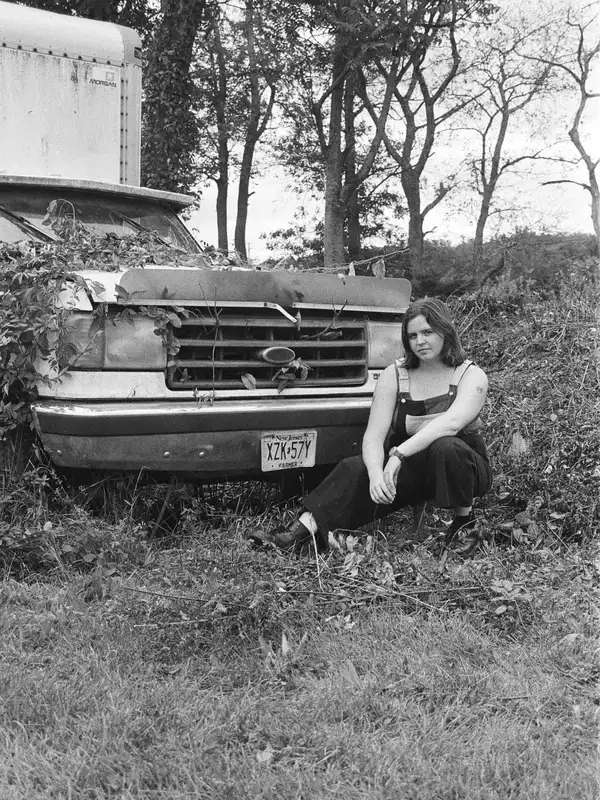 Barnard College, Architecture
Barnard College, Architecture -
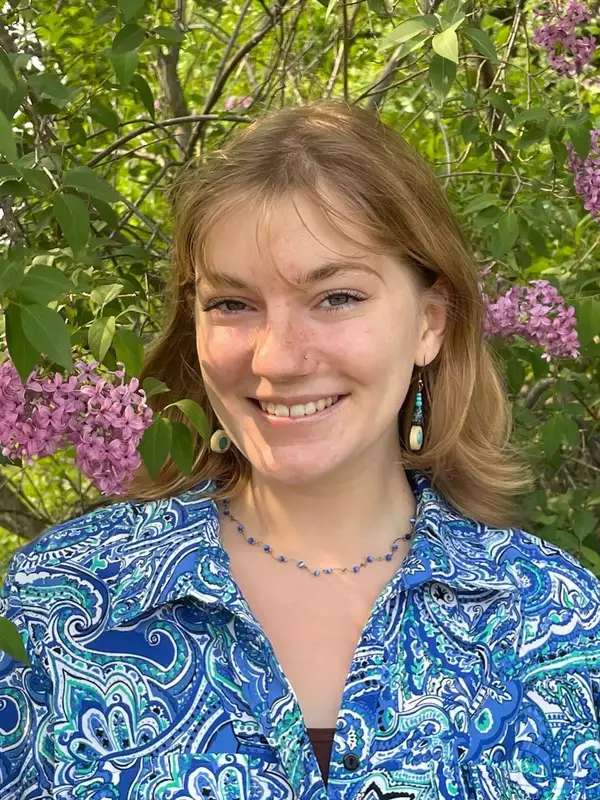 Columbia College, Anthropology & Dance
Columbia College, Anthropology & Dance
Fall 2022 - Spring 2023
-
 Teachers College, Doctoral Student in Machine Learning, Art Education and Hip-Hop Pedagogy
Teachers College, Doctoral Student in Machine Learning, Art Education and Hip-Hop Pedagogy -
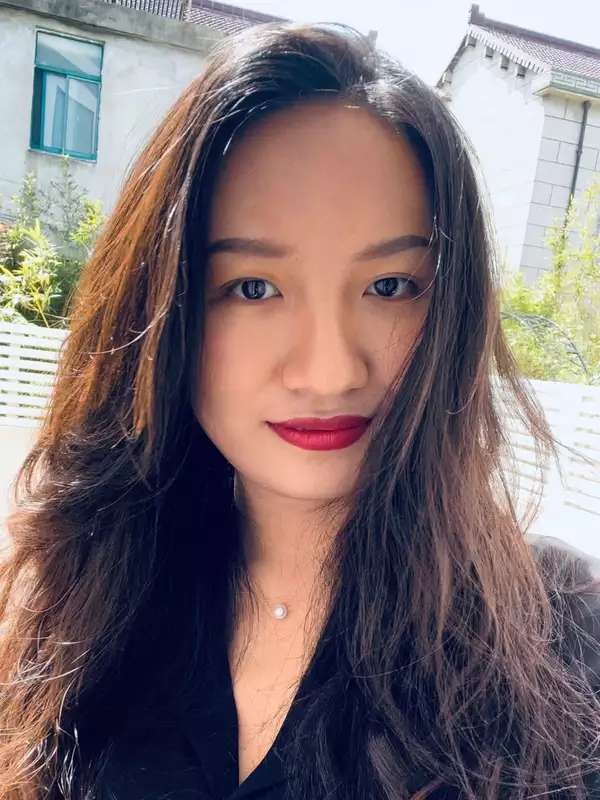 Columbia University, Master of Arts in Oral History
Columbia University, Master of Arts in Oral History -
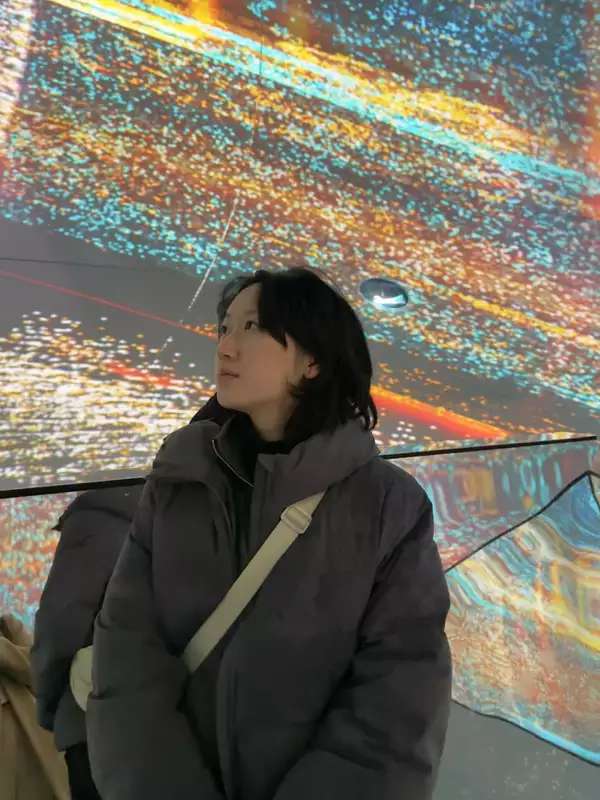
-
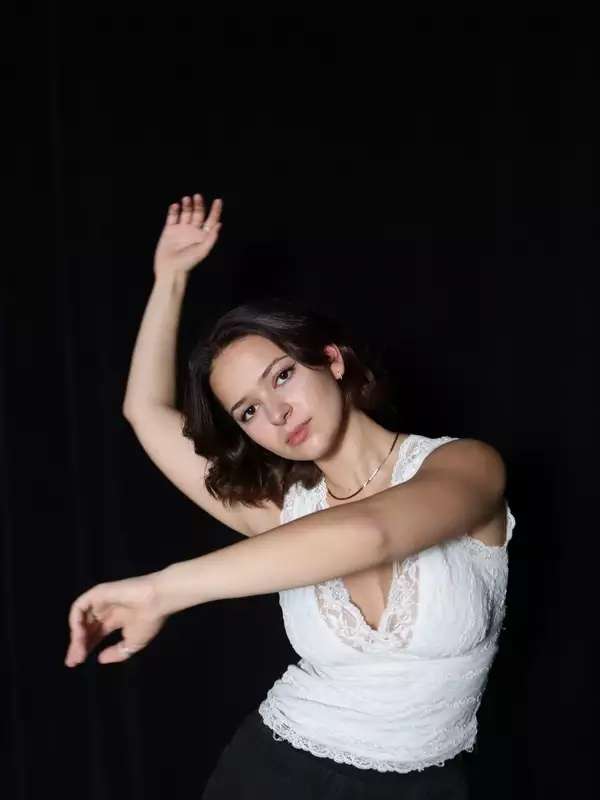 Barnard College, Dance & Gender Studies
Barnard College, Dance & Gender Studies -
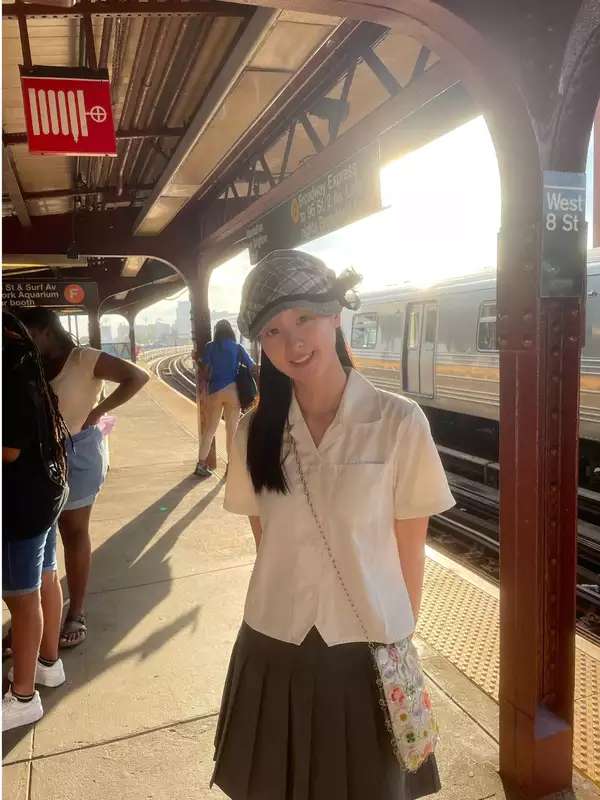 Barnard College, Dance
Barnard College, Dance
Fall 2022 - Spring 2023
-
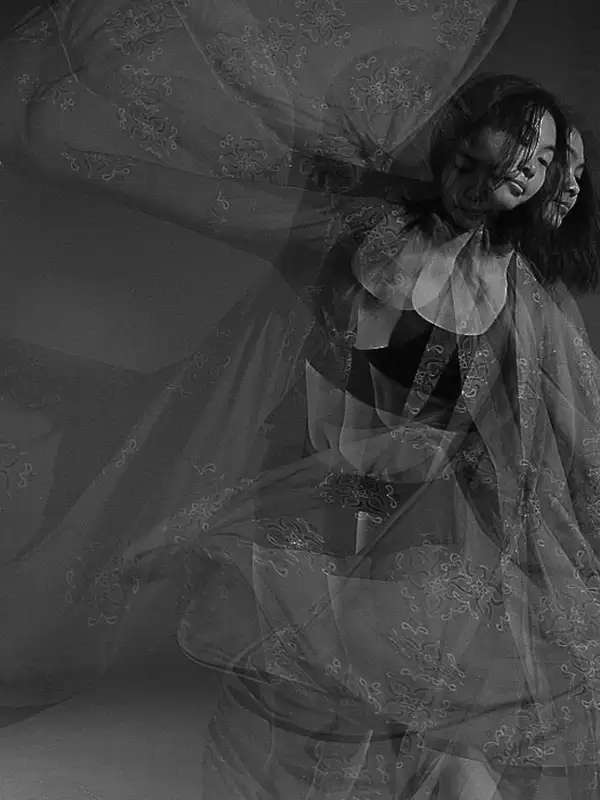 Barnard College, Computer Science & English
Barnard College, Computer Science & English -
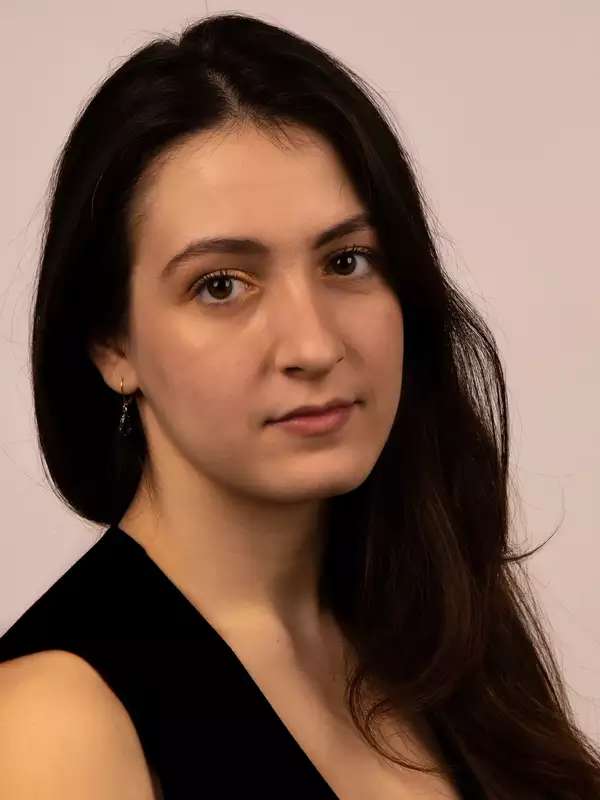 Barnard College, Dance, Evolutionary Biology & Literature
Barnard College, Dance, Evolutionary Biology & Literature -
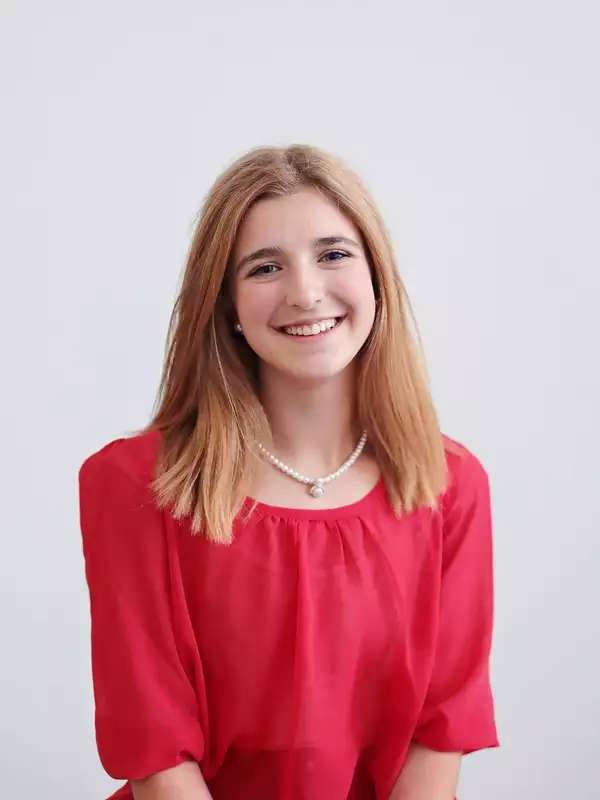 Columbia College, Computer Science & Dance
Columbia College, Computer Science & Dance -
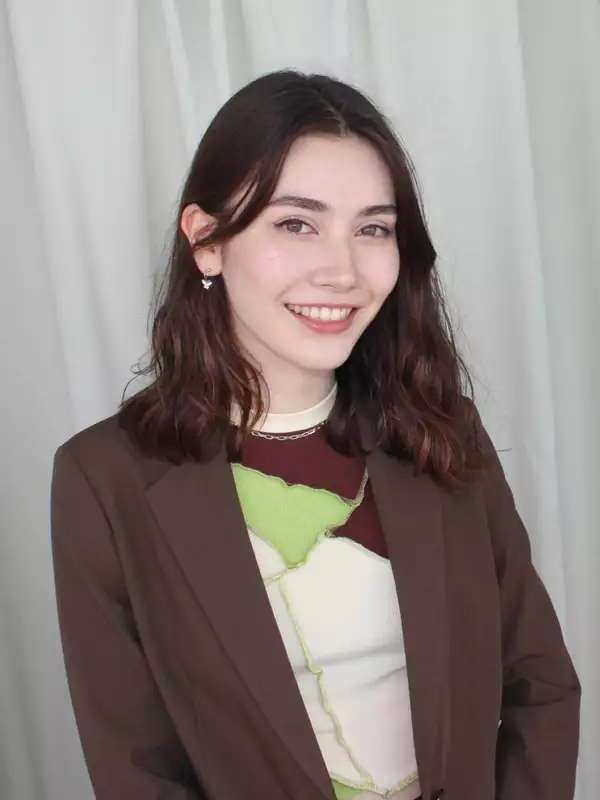 Barnard College, Sociology and Ethnomusicology
Barnard College, Sociology and Ethnomusicology
Fall 2021 - Spring 2022
-
 Barnard College, Visual Arts & Architecture
Barnard College, Visual Arts & Architecture -
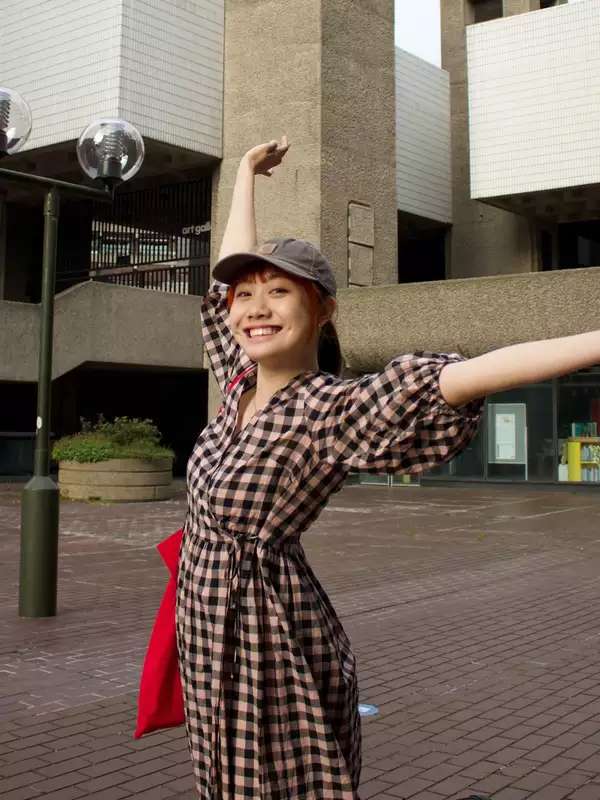 Barnard College, Art History & Dance
Barnard College, Art History & Dance -
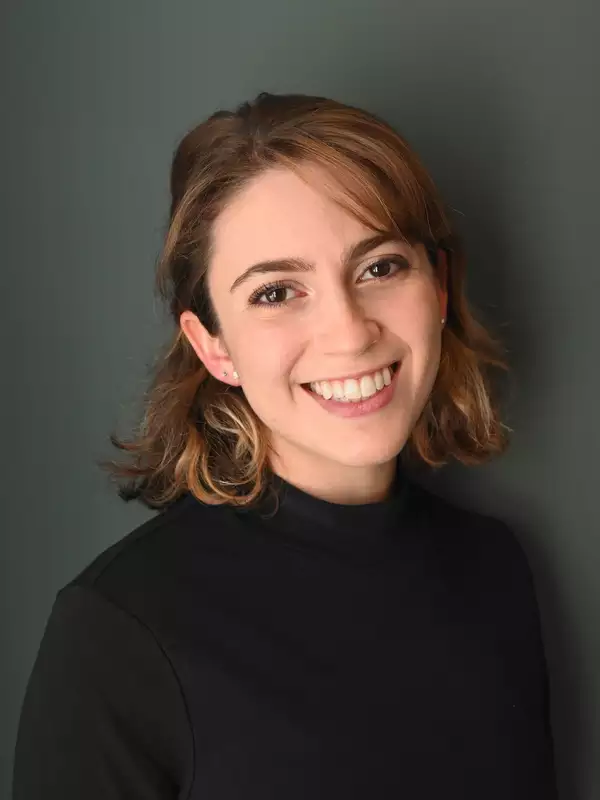 Barnard College, Dance & Studio Architecture
Barnard College, Dance & Studio Architecture -
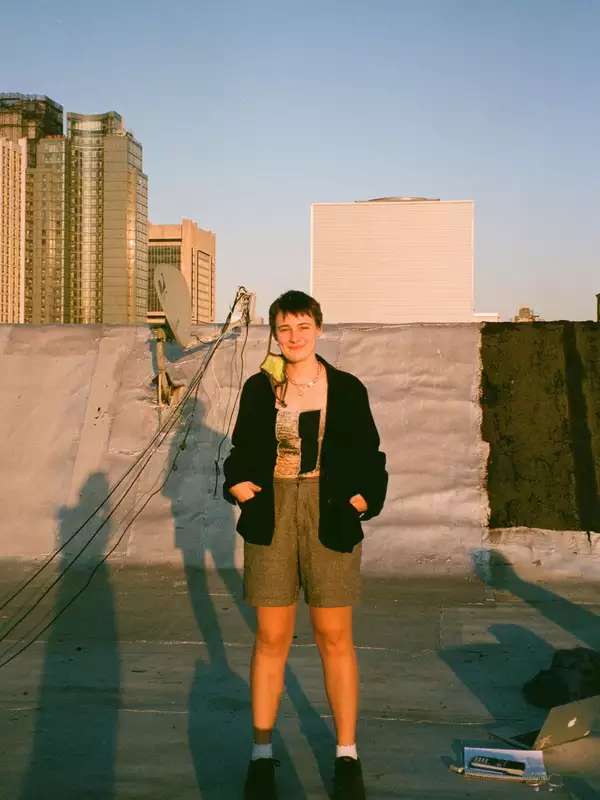 Barnard College, Dance & Art History & Psychology
Barnard College, Dance & Art History & Psychology -
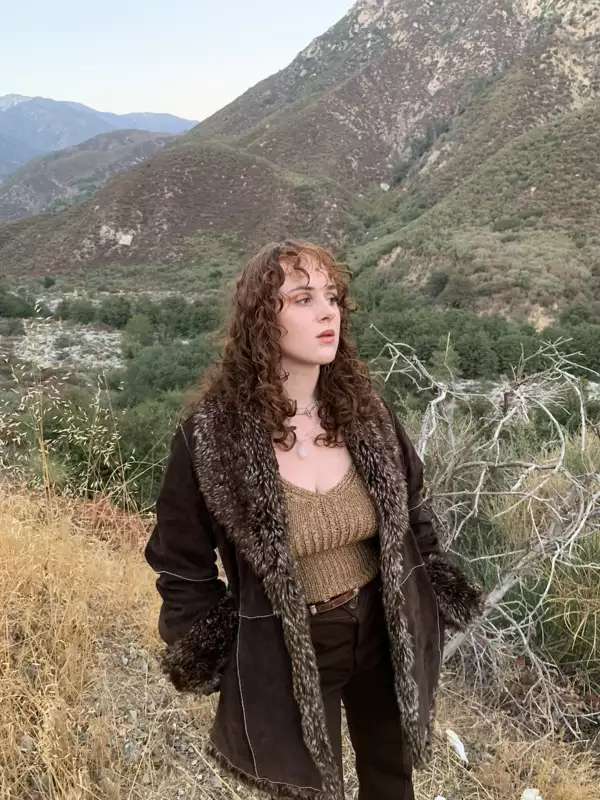 Columbia College, Dance & Political Science
Columbia College, Dance & Political Science
Fall 2021 - Spring 2022
-
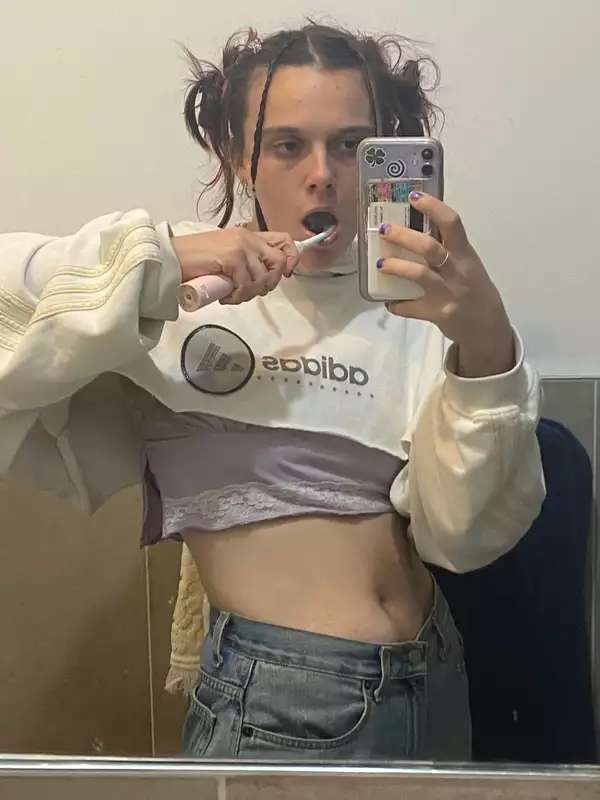 Columbia College, Visual Arts
Columbia College, Visual Arts -
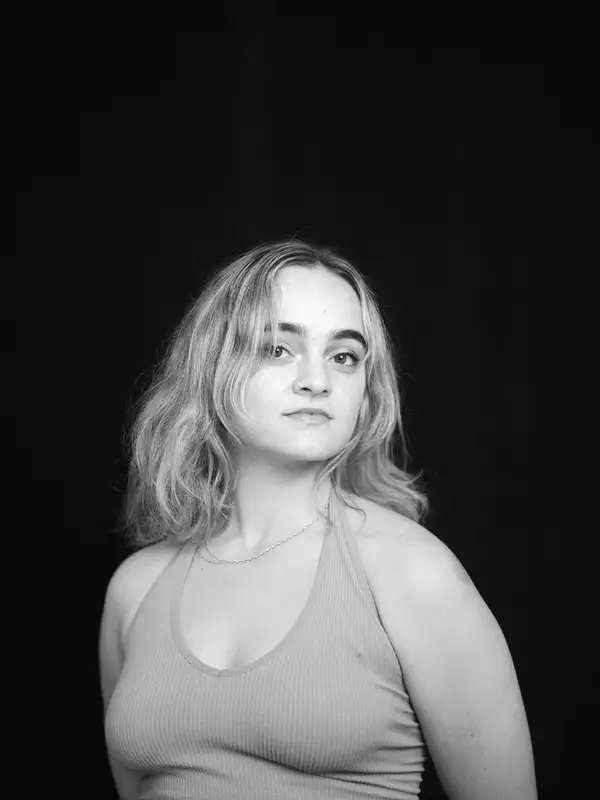 Barnard College, Dance
Barnard College, Dance
Fall 2020 - Spring 2021
-
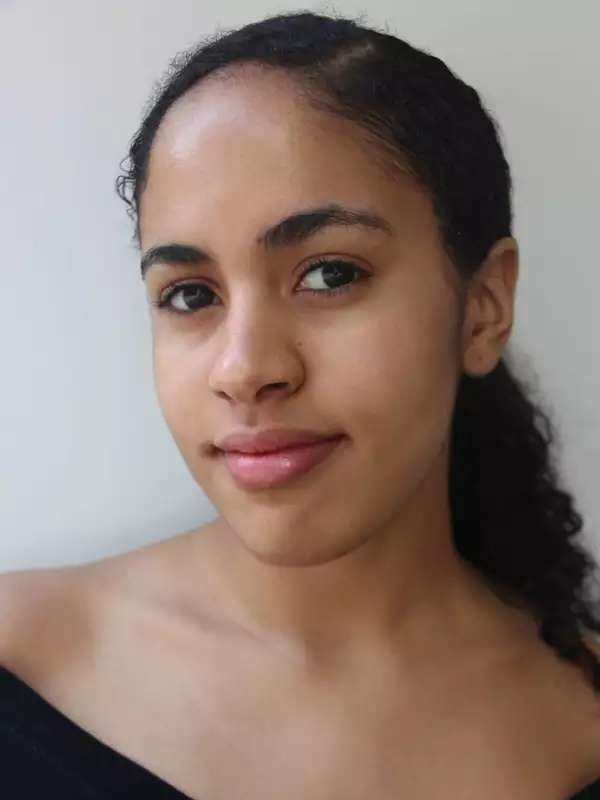 Barnard College, Dance, Interdisciplinary Race & Ethnicity Studies
Barnard College, Dance, Interdisciplinary Race & Ethnicity Studies -
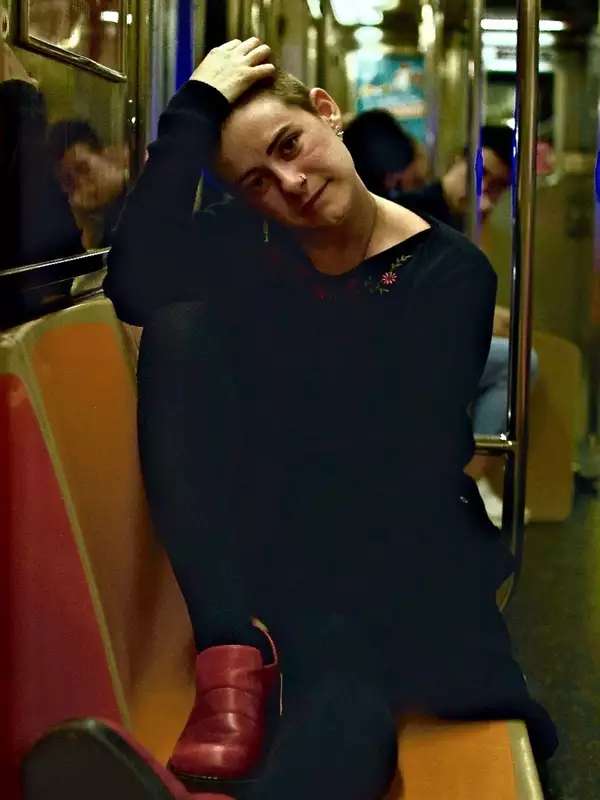 Barnard College, Theater Directing
Barnard College, Theater Directing -
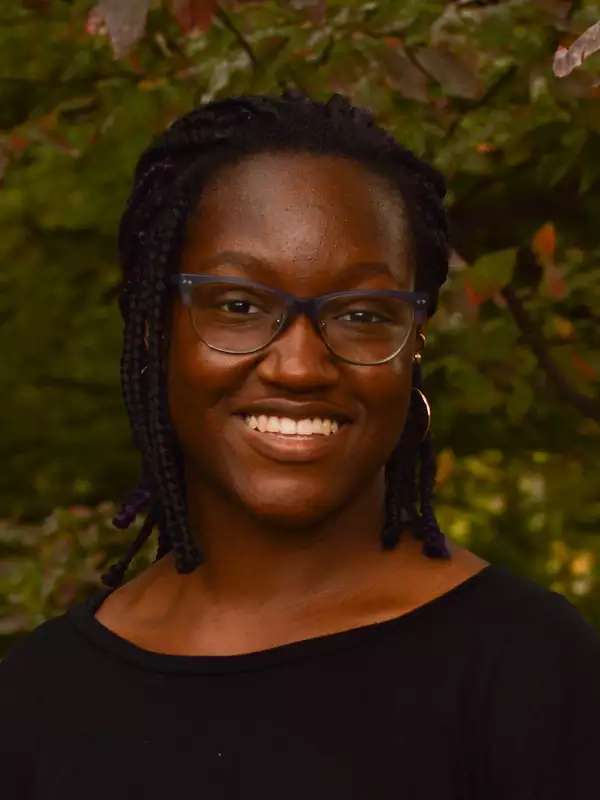 Columbia College, Neuroscience & Dance
Columbia College, Neuroscience & Dance
Fall 2019 - Spring 2020
-
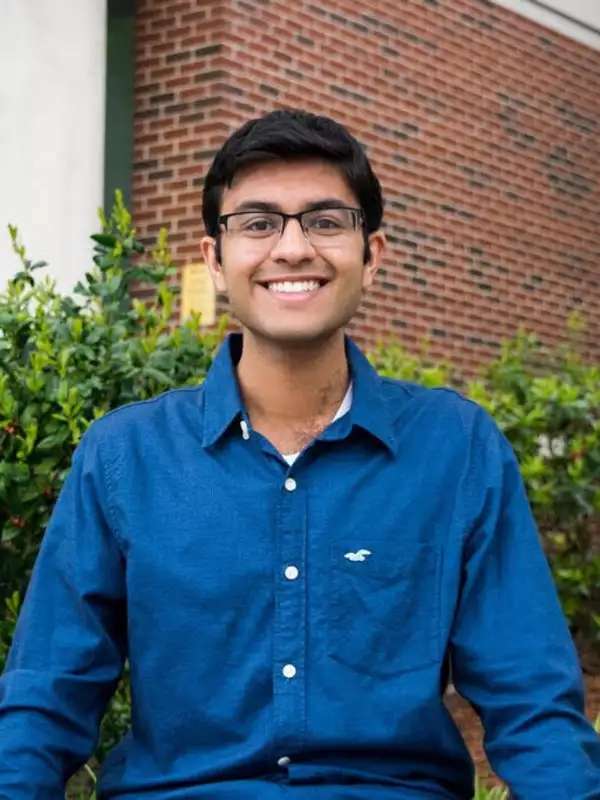 SEAS, Electrical Engineering
SEAS, Electrical Engineering -
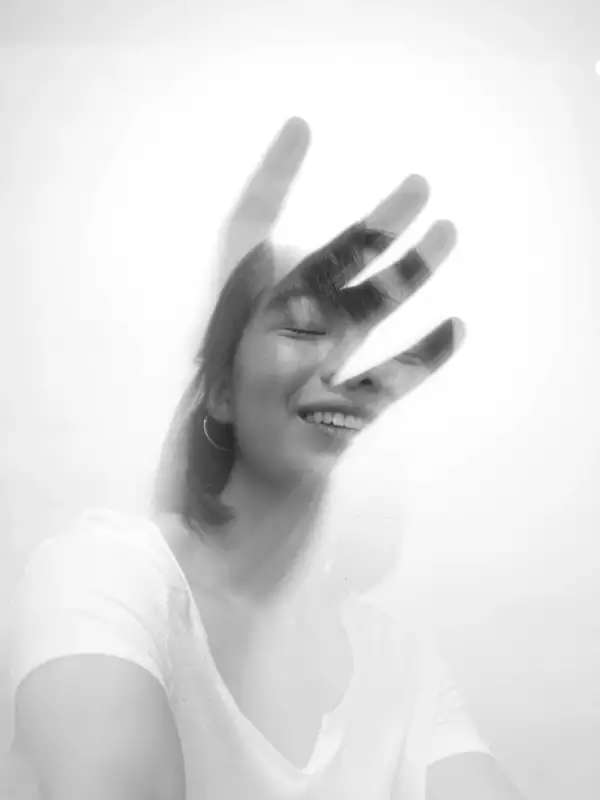 Columbia College, Computer Science & Visual Arts Concentrations
Columbia College, Computer Science & Visual Arts Concentrations
Spring 2019
-
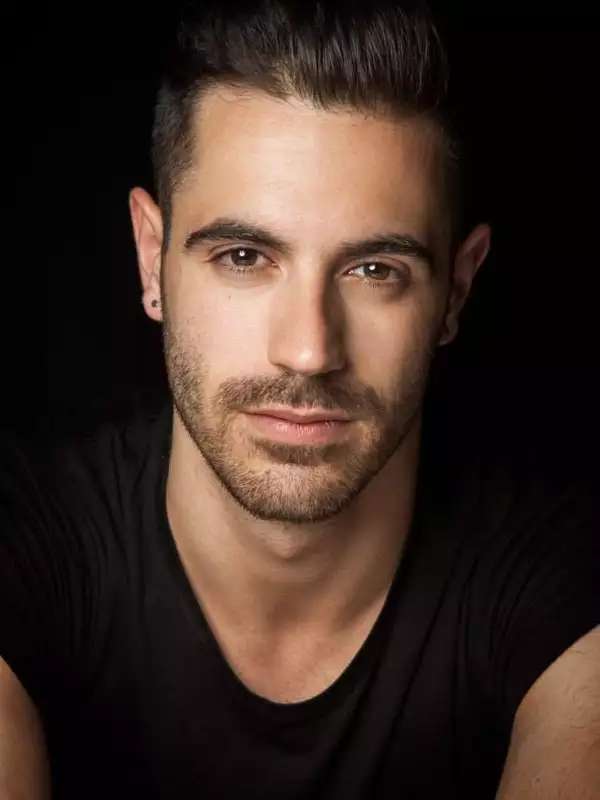 Columbia College, Dance
Columbia College, Dance -
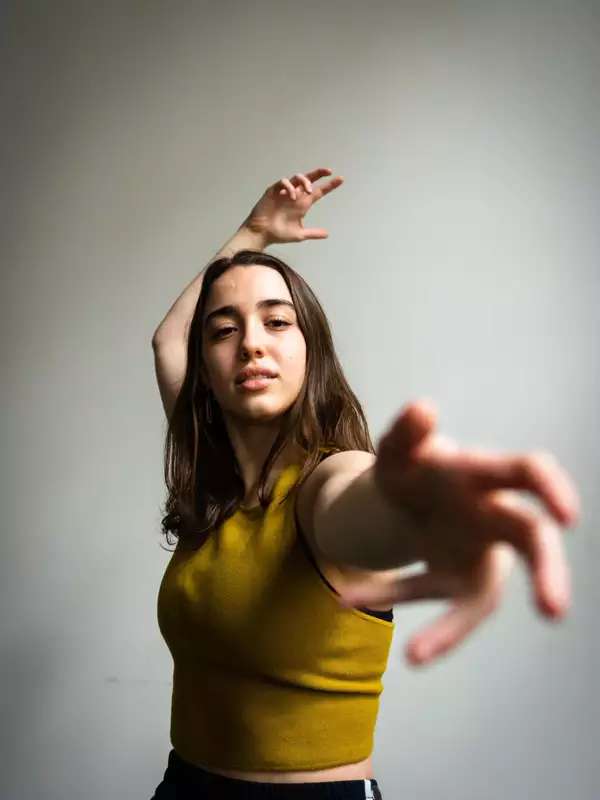 Barnard College, Computer Science & Dance
Barnard College, Computer Science & Dance